Goin’ Out Grateful
“In the case of pandemics, we are planning for the equivalent of a tornado…
rare and completely unpredictable until the last minute, when a
‘weather watch’ (e.g., pandemic alert) appears on the TV screen.”
– John M. Barry,
Center for Bioenvironmental Research at Tulane and Xavier Universities
How do we move on now?
“I don’t believe we will awaken, as though this shared experience was just a bad dream and return to three weeks ago. I don’t want to,” I said when this all started. “I want to head toward that hope on the horizon together.” (COVID-19 Enjoyable Life, 2020).
I still believe in that hope, that better world after the pandemic. I also believe that we get there by coming out of this pandemic how we went it; Gratefully. We keep that perspective by looking back to the last pandemic, the influenza pandemic of 1918. Pr. Jeffery K. Taubenberger of the Department of Molecular Pathology Armed Forces Institute of Pathology said that pandemic was “explosive” and “exceptional in both breadth and depth. Outbreaks of the disease swept not only North America and Europe, but also spread as far as the Alaskan wilderness and the most remote islands of the Pacific,” infecting at least one third of the population of the world (National Academies Press, 2005). There was a Spring Wave that began in March of 2018 though they believe it may have been spreading as early as seven months prior.
Sound familiar? There are more similarities, but it’s the differences which I’m grateful for.
Professor Barry at the Center for Bioenvironmental Research said prophetically in the 2005 National Academies of Science presentation that “Virtually every expert on influenza believes another pandemic is nearly inevitable, that it will kill millions of people, and that it could kill tens of millions—and a virus like 1918, or H5N1, might kill a hundred million or more—and that it could cause economic and social disruption on a massive scale. This disruption itself could kill as well.”
We lost lives, and that grieves me. We lost lifestyles, which hurts as well. But what remained and what grew in light of what science says we could have lost makes me grateful now and keeps my hope stoked for the future.
Staying Grateful
“I see a future where we are more open about mental health without stigma…and checking in on each other’s emotional state, as we are now, is more commonplace. Where we take greater care of our neighbors’ needs, further esteem our Walmart and delivery workers (seriously, heroes!) and are more humbled by the dedication and flexibility of our educators (seriously, heroes!).”
– Me, in The COVID-19 Enjoyable Life
March 27, 2020
Gratitude stemmed fear, eased losses and kept hope going through the pandemic. As we move forward, that gratitude is key to our reconnecting with the best of our prior-2020 lives but with 2021 attitudes. The pandemic could have been much worse. In 1918 pandemic Philadelphia, the largest city near me, “bodies remained uncollected in homes for days, until eventually open trucks and even horse-drawn carts were sent down city streets and people were told to bring out the dead. The bodies were stacked without coffins and buried in cemeteries in mass graves dug by steam shovels.”
Why? Because infrastructure collapsed. America was not built to be virtual and people literally huddled in their homes afraid to interact. We had Zoom, Doxy, Facetime, Duo and more. We to move our Happy Hours online. Many complained, some raged, some resisted. I’m grateful for our virtual infrastructure which ensured that we stayed connected and helped the physical infrastructure remain functional.
What made people hide in their homes in 1919? Was it the government posting death tolls? Quite the opposite. There was a nation-wide mandate that “fear is the first enemy” thus the government should keep the severity from the public at all costs and deny the existence of a pandemic. Again, in my home city “when the public health commissioner closed all schools, houses of worship, theaters, and other public gathering places, one newspaper went so far as to say that this order was ‘not a public health measure’ and reiterated that ‘there is no cause for panic or alarm.’”
Did it work? According to Professor Barry the “horrific disconnect between reassurances and reality destroyed the credibility of those in authority. People felt they had no one to turn to, no one to rely on, no one to trust.” The result was much worse than arguing on Facebook or hording toilet paper. Professor Barry advocated in 2005 that “Giving false reassurance is the worst thing one can do. If I may speculate, let me suggest that almost as bad as outright lying is holding information so closely that people think officials know more than they say.”
Yes, there are some who believe governments manipulated the data or even fabricated the pandemic for systematic, personal and even more nefarious gains. While I’m sure there were some agendas of which I was not aware, I choose to believe that the pandemic was a real public health crisis and that the measures taken were warranted and beneficial as they align with those suggested in this report as well as others, written over a decade before. Thus, I’m grateful our officials took it seriously, made us aware and took steps to lessen the toll. I’m grateful that most people did the same.
We had the Bing COVID-19 Tracker, the CDC map and emails and constant media reports. It was sobering, scary and yes, maybe a bit sensationalized, but I believe that it portrayed the threat with a holistic accuracy. The authoritative clamp down in information, the government gag rather than the mandated mask, fostered even greater fear due to lack of information. “In rural Kentucky,” the Red Cross reported of “people starving to death not from lack of food but because the well were panic stricken and would not go near the sick” (National Academies Press, 2005).
We had Amazon Pantry, Walmart Pickup, Instacart, Grub Hub and Curbside Takeout. Why? Because guidelines were clear, and businesses were able to adapt. I’m so grateful for our adaptable businesses and schoolteachers and for those who went out to work every day to ensure that there was no panic and no starvation.
As we go forth into a new 2021, let’s remember what—and who—got us here. The CDC, the governors, all branches of first responders, the legion of medical professionals, but also the contractors who still built and repaired houses, the delivery and tractor trailer drivers, mail carriers, cooks and trash collectors, grocery store clerks—and so many I’m overlooking. Let’s thank them as we see them again at parties and barbeques. And if some of their social media posts ran counter to how we saw the pandemic, let’s consider that maybe that attitude was what they needed to carry them through a situation in which we could stay home. We both had struggles, though they may have been different. And let’s forgive each other on both sides of the mask, because the masks are falling away.
When mine falls there will be a broad smile for overcoming 15 months of stress, a continued hope for a better world, and a desire to stay grateful.
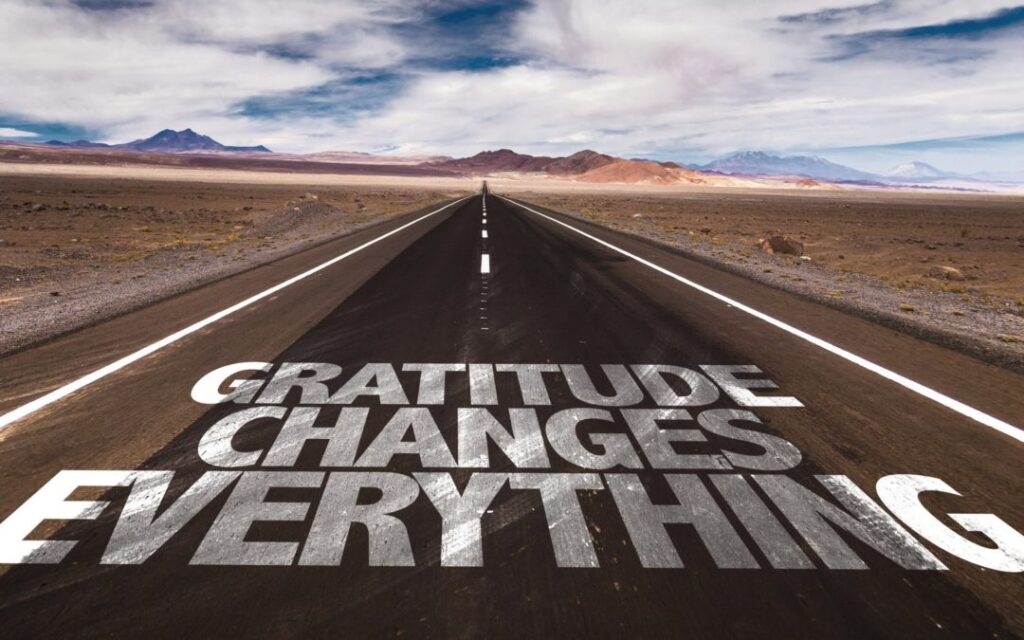
National Academy of Sciences (2005) The Threat of Pandemic Influenza: Are We Ready? Workshop Summary. Institute of Medicine (US) Forum on Microbial Threats; Knobler SL, Mack A, Mahmoud A, et al., editors. Washington (DC): Retrieved from https://www.ncbi.nlm.nih.gov/books/NBK22148/
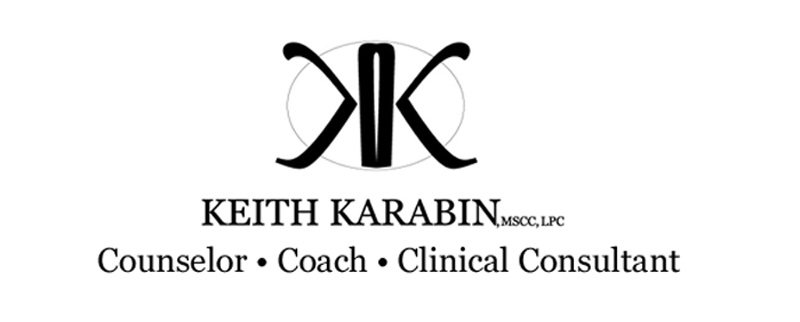
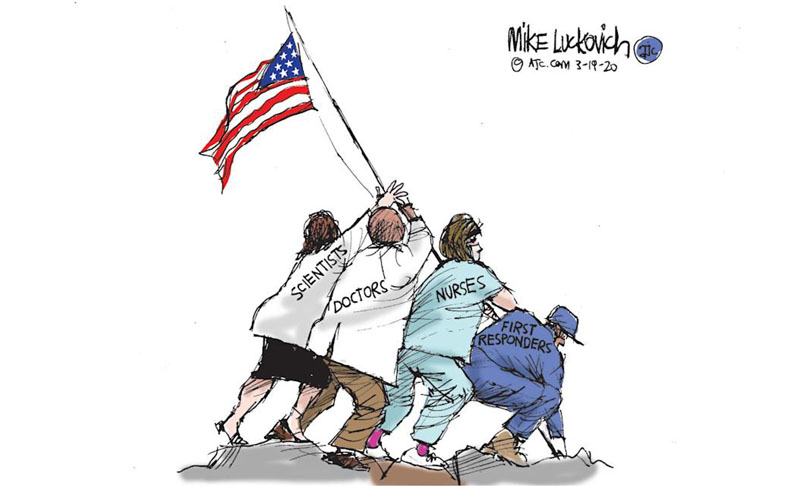

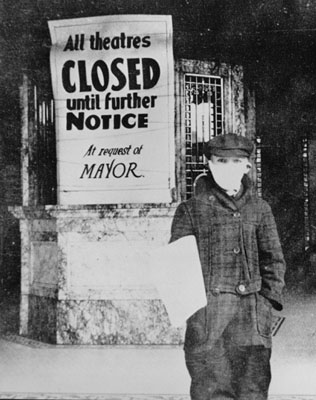
 Previous Post
Previous Post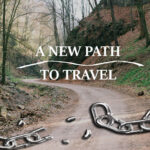 Next Post
Next Post